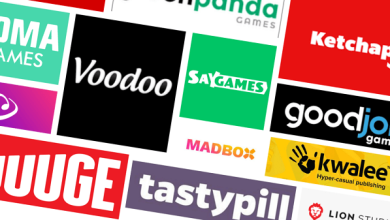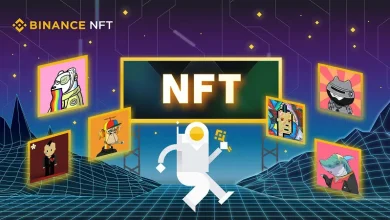Why Are There So Many Games Offered for Free?

For most areas in life, the old adage of “there’s no such thing as a free lunch” is definitely accurate. Anytime someone offers you something at no cost, it usually comes with strings attached.
For decades, that was true about gaming too. Free games usually meant poor quality or a heavily-cutdown demo version. If you wanted a fun and engaging title that you could spend hours on, you were going to have to fork out some moolah to get it.
In more recent years, more and more games have been made available for free, including some really big titles produced by leading companies in the industry. Most (but not all) of these free games contradict this traditional philosophy with many, such as Fortnite, Call of Duty: War Zone, and CS:GO offering AAA-quality at no cost to the players.
But why would for-profit video game publishers give away their content for free when they have shareholders holding them to account, employees to pay, and overheads to cover?
Promotions
Sometimes, games are given away as part of a wider marketing effort by a company. For example, Rockstar Games has offered Grand Theft Auto V for free on several occasions. When it does, it’s usually for a limited period and used to promote something that the company is doing with the online part, such as the release of a new update.
Many online casinos also run promotions that let players enjoy some of their games for free. There are two main ways they do this, either by offering free spins that can be used on some of their video slots or, by awarding bonus funds that can be spent on a wider range of games.
The iGaming market is incredibly competitive, so these promotions are often very generous, allowing new players get a lot of value when they join a new casino.
Free-to-Play Model
It’s easy to understand why games might be given away for free as part of a promotion, but it seems more counterintuitive when they’re just permanently offered completely gratis.
But that’s actively becoming the preferred monetisation model for many game developers as they have found this approach to yield higher revenues for lower costs and fewer risks.
The higher revenues come from the fact that players are encouraged to purchase in-game items, such as character customisations, extra features, and additional weapons or tools. While a large chunk of players will simply ignore the offers presented in the nag screens, some will spend significantly more than they’d have to if they were just buying the game outright.
Not only that but the cost of developing new features and in-game content is significantly lower than creating an entirely new game. Therefore, margins are higher for these companies than they’d be when taking a more traditional approach.
This lower cost also means lower risk. Since the resources that go into creating an entirely new game must be expended upfront and there is no guarantee that a game will succeed. You don’t have to look hard to find releases that flopped or had major problems thanks to examples like Cyberpunk 2077.
Therefore, it’s actually much better for gaming companies to offer games for free and keep squeezing cash from them for years than it is to get the full hit of cash in one go.











